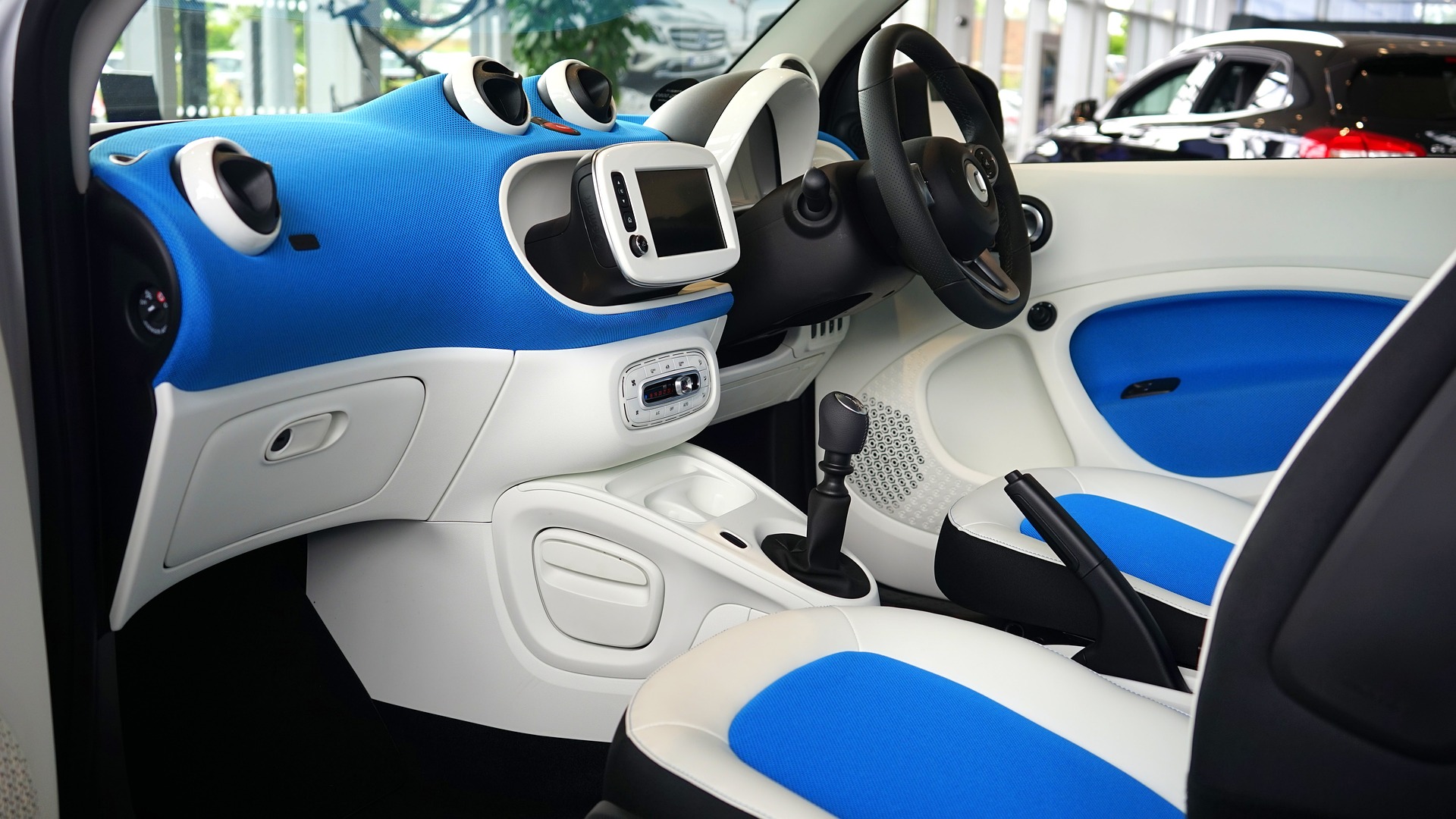Future of Automotive Paint: Self-Healing Coatings
Imagine cruising down the open road in your favorite car, the sun shining on its polished, pristine finish. Suddenly, a rogue pebble strikes, leaving a blemish on your otherwise immaculate ride. Now imagine if your car's paint could repair itself, healing the wound as if it never happened. Welcome to the era of self-healing automotive paints, a game-changer in the world of automobiles.

The Genesis of Self-Healing Paints
The concept of self-healing paints isn’t entirely new. The roots of this technology can be traced back to the early 2000s, when Nissan introduced its ‘Scratch Shield’ paint, which incorporated a layer of elastic resin to mend minor surface scratches. This marked the birth of paint that can recover from slight damages, although the process was slow and not effective for deeper scratches. The technology has evolved dramatically in the past two decades, with modern variations offering faster and more comprehensive healing capabilities.
The Science Behind the Paint
Self-healing paint technology hinges on the principle of ‘autonomous materials’, substances designed to respond to changes in their environment. The paint is infused with microcapsules filled with a specialized healing agent. When damage occurs, these microcapsules rupture, releasing the agent which flows into the scratch. The agent then reacts with catalysts in the paint to form a polymer, perfectly filling in the damage and restoring the surface to its original state. This process can occur multiple times, providing the paint with a significant lifespan.
The Impact on the Automotive Industry
The advent of self-healing paints has substantial implications for the automotive industry. It offers potential savings in repair costs, increases the aesthetic longevity of vehicles, and enhances consumer appeal. However, there are challenges to overcome. The technology is still relatively expensive, and its effectiveness is contingent on environmental factors. For instance, the healing process is often accelerated by heat, making it less effective in colder climates. Ensuring the durability and consistency of the healing process across diverse conditions is a key focus area for ongoing research and development.
The Road Ahead
Despite these challenges, self-healing paints represent a significant stride in automotive technology. Future developments promise even more advanced self-healing systems, including paints that can heal from larger damages or recover their original color after fading. As this technology continues to evolve, the exciting prospect of a car that retains its showroom finish throughout its lifetime is becoming less of a fantasy and more of a reality.
The world of self-healing automotive paints is a fascinating frontier, blending the realms of chemistry, material science, and automotive engineering. As we drive into the future, this technology is set to redefine our relationship with our vehicles, making the dreaded first scratch a worry of the past. Buckle up, because the journey is just beginning.




